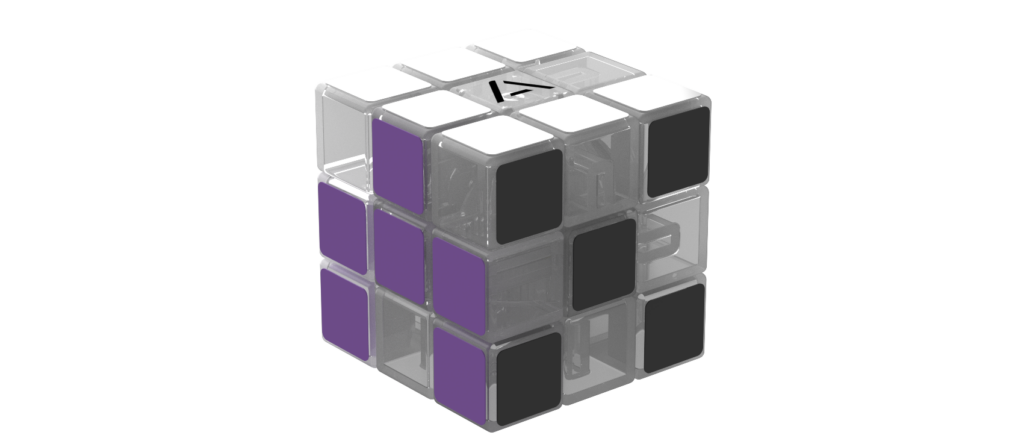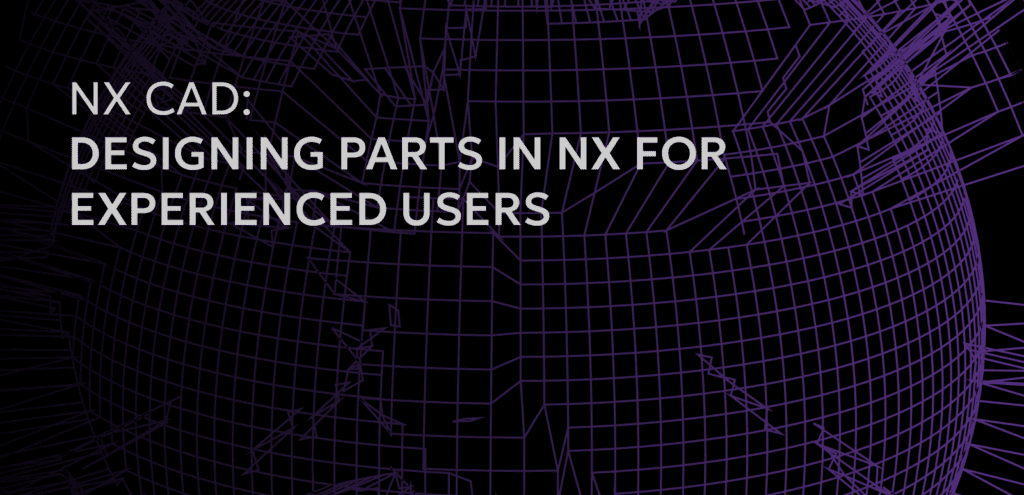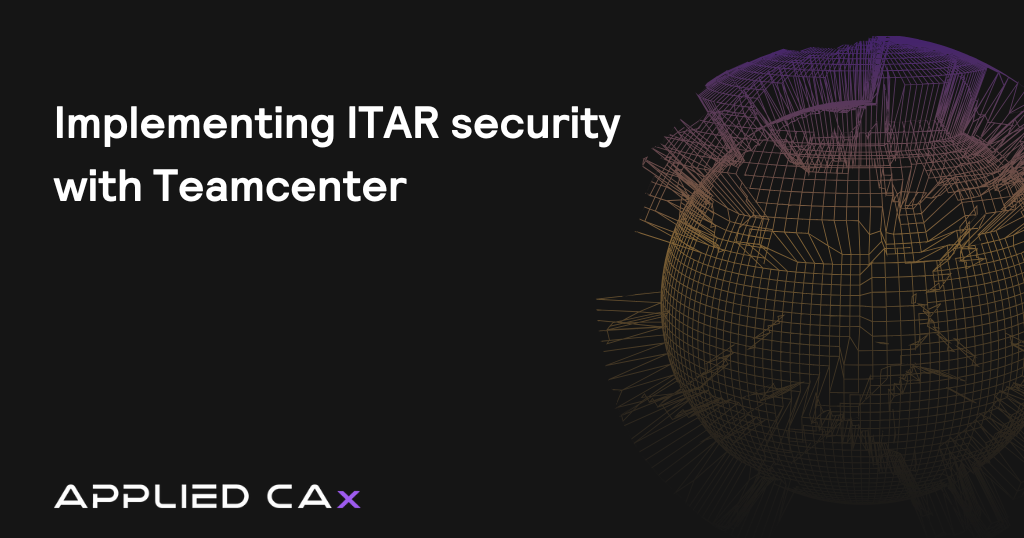Aerospace and defense programs are increasingly complex. Product lifecycles can go on for decades, and data moves between thousands of suppliers, partners and internal teams. At the same time, regulatory oversight grows stricter and budgets remain constrained.
On top of it all, outdated infrastructure and fragmented systems create significant barriers to innovation. Too often, organizations must choose between keeping proven but limited tools or adopting costly new technologies that carry significant risks.
But what they really need is a way to make quicker technological progress while still upholding critical standards for safety, reliability and compliance.
What’s Hindering Aerospace and Defense Industry Innovation?
The aerospace and defense industry faces many unique challenges. Vast, interdependent supply chains mean that small disruptions can have wide-reaching consequences. For example, a brief delay from just one materials supplier can postpone assembly schedules and affect delivery commitments across the industry. And from initial design through sustainment, long product lifecycles create enormous volumes of data that must remain accurate and accessible for years.
Disconnected systems are another obstacle. Engineering, manufacturing and sustainment teams often use their own platforms, which weren’t built to communicate with each other. These silos slow down workflows and increase the risks of data loss and other errors. Meanwhile, compliance requirements are unyielding. A&D organizations must maintain strict data governance, meet ITAR and other defense standards and keep audit-ready throughout the lifecycle.
The Role of Low-Code, AI and PLM in Modernization
Cutting-edge technologies offer a way forward. Low-code platforms make it possible for users of all technical backgrounds — from engineers to analysts and business leaders — to create new applications, reducing the dependency on scarce developer resources. AI enhances this process by suggesting logic flows, identifying flaws and adding predictive capabilities. These features are particularly valuable in A&D, with its quickly evolving mission requirements and zero tolerance for errors.
At the same time, integrating low-code applications with product lifecycle management (PLM) improves continuity across engineering, manufacturing and sustainment. Organizations can build add-ons that maximize the return on their current software investments; for instance, a maintenance team can develop a lightweight app on top of its existing PLM system to automate parts tracking and compliance reporting, increasing efficiency without breaking established engineering processes.
Together, low-code, AI and PLM provide a foundation for more agile, collaborative aerospace and defense industry innovation.
Introducing Mendix and Applied CAx
Mendix’s low-code, AI-assisted development platform brings together visual modeling tools and pre-built modules for rapid development of sophisticated software. It empowers organizations to build secure, end-to-end digital threads that connect data, processes and teams. And its wide range of integration options — including REST, SOAP and OData support — makes it easy to connect these applications to existing PLM, enterprise resource planning (ERP), computer-aided design and project management platforms. This unified workspace improves visibility, collaboration and compliance throughout every stage of the product lifecycle.
Deployment is completely flexible, accommodating cloud, on-premises and hybrid approaches. The platform also incorporates automated deployment routines and dynamic scaling, enhancing both resilience and adaptability.
Applied CAx, with its wealth of experience integrating PLM, simulation technologies and enterprise platforms for A&D, helps organizations realize the full value of these capabilities. By grounding strategies in the realities of complex industry workflows and safeguarding data integrity, they can make practical improvements that lead to long-term transformation.
The Benefits of Mendix and Applied CAx in A&D
Mendix and Applied CAx extend existing PLM, ERP and mission systems with new functionality instead of undertaking disruptive rip-and-replace initiatives. This incremental approach increases the speed of aerospace and defense innovation while reducing risk and boosting security and compliance.
The Mendix platform offers built-in safeguards — such as role-based access controls, encryption and audit trails — supporting adherence to strict regulations including ITAR, SOC 2, GDPR and HIPAA. And with Applied CAx’s knowledge of A&D regulatory frameworks, organizations can address modernization objectives without sacrificing oversight or compliance.
The platform’s flexible architecture allows applications to adapt in response to new demands and the niche regulatory requirements common in defense. It also encourages collaboration by bringing together engineering, IT and business teams for development and testing. And Applied CAx strategically aligns applications with A&D goals, whether it’s extending PLM, digitizing engineering workflows or streamlining sustainment operations.
Building the Future of Aerospace and Defense Innovation
The aerospace and defense industry can’t afford to be slowed down by outdated systems or disconnected workflows. Organizations that combine Mendix’s low-code and AI capabilities with the expertise of Applied CAx can modernize without sacrificing security or scalability.
If you’re ready to expand internal functionality and accelerate digital transformation, get in touch with Applied CAx to learn how Mendix can help.








